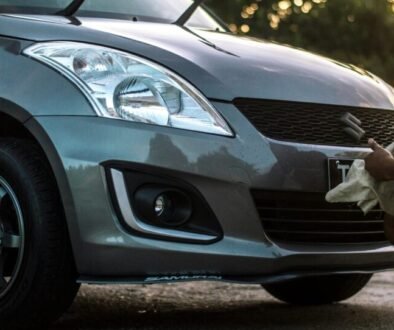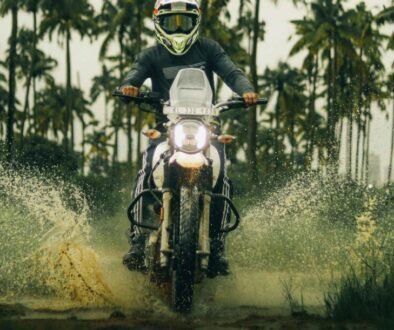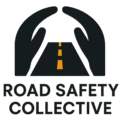Why Two-Wheeler Accidents Are So High in Kerala — And How You Can Stay Safe
Introduction
If you live in Kerala, you’ve probably seen or heard about a two-wheeler accident in your local area—maybe even more than once this month. Whether it’s a busy junction in Ernakulam or a sharp curve in Wayanad, these accidents have sadly become too common.
In fact, two-wheelers are involved in more than 35% of road accidents in Kerala, according to recent traffic department reports. But here’s the good news: most of these accidents are preventable with some awareness and basic precautions.
Let’s look at why two-wheeler accidents are especially high in Kerala—and how you can ride smarter and safer.
Why Are Two-Wheeler Accidents So Common in Kerala?
🏞️ 1. Narrow Roads and Mixed Traffic
From the winding village roads of Pathanamthitta to the city lanes of Kozhikode, many of our roads were not built for today’s traffic load. Buses, autos, cars, and bikes all compete for limited space.
➡️ Risk: Sudden overtaking, side-swiping, or losing balance on tight curves.
🌧️ 2. Heavy Rain and Slippery Roads
Kerala’s monsoon is both a blessing and a curse. Slippery roads, poor visibility, and water-filled potholes make two-wheeler riding dangerous during rainy months (June–September).
➡️ Risk: Skidding, sudden braking, and hydroplaning.
🚧 3. Potholes and Poor Road Maintenance
Despite efforts by local bodies, potholes are a year-round issue—especially after heavy rains. These are not just uncomfortable—they’re dangerous.
➡️ Risk: Hitting a pothole at even 40 km/h can throw a rider off balance.
🪖 4. Low Helmet Use by Pillion Riders
While riders are starting to wear helmets more often, pillion riders—especially women and children—often skip them.
➡️ Risk: Head injuries in a fall can be fatal, even for the passenger.
🏍️ 5. Youthful Rash Driving
College students and delivery riders sometimes rush to meet deadlines or show off. Speeding on narrow roads, especially at night, is a deadly habit.
➡️ Risk: High-speed collisions, especially with pedestrians or turning vehicles.
What You Can Do to Stay Safe
✅ 1. Wear a Helmet—Always
Even on short rides. Even if you’re riding pillion. Choose a certified helmet (ISI mark) and buckle it properly.
Remember: A helmet isn’t a fashion accessory. It’s a life-saving device.
🐢 2. Slow Down—Especially Near Curves
Kerala’s terrain is full of twists, turns, and blind curves—especially in hilly regions like Idukki or Wayanad. Drive at a speed where you can stop within your line of sight.
🧯 3. Avoid Risky Maneuvers
- Don’t overtake from the left.
- Don’t squeeze between buses and lorries.
- Use indicators even when traffic is light.
👀 4. Stay Alert—Look Out for Others
Be especially careful in areas near:
- Schools and colleges
- Marketplaces
- Bus stops and temples (where people cross suddenly)
📱 5. Never Use Mobile While Riding
If it’s urgent, pull over. Just a 2-second distraction on a scooter in Kottayam town could lead to a lifetime of regret.
🛞 6. Maintain Your Vehicle
Check your brakes, lights, and tyre pressure regularly. A well-maintained bike responds better in emergencies.
A Special Note to Parents
If your teenage child rides a two-wheeler:
- Make sure they’re wearing a helmet.
- Don’t allow stunt driving.
Monitor late-night riding, especially during festivals or weekends.
Final Thoughts
Kerala has one of the highest literacy rates in India—but when it comes to road safety, we still have a long way to go. The next time you ride your scooter through the misty roads of Munnar or the traffic of Thrissur, ask yourself:
“Am I riding safely—not just for myself, but for everyone else around me?”
By changing our habits, we can bring down accident rates and make our roads safer for everyone—from school children to senior citizens.
Let’s ride with care, with patience, and above all, with responsibility.





